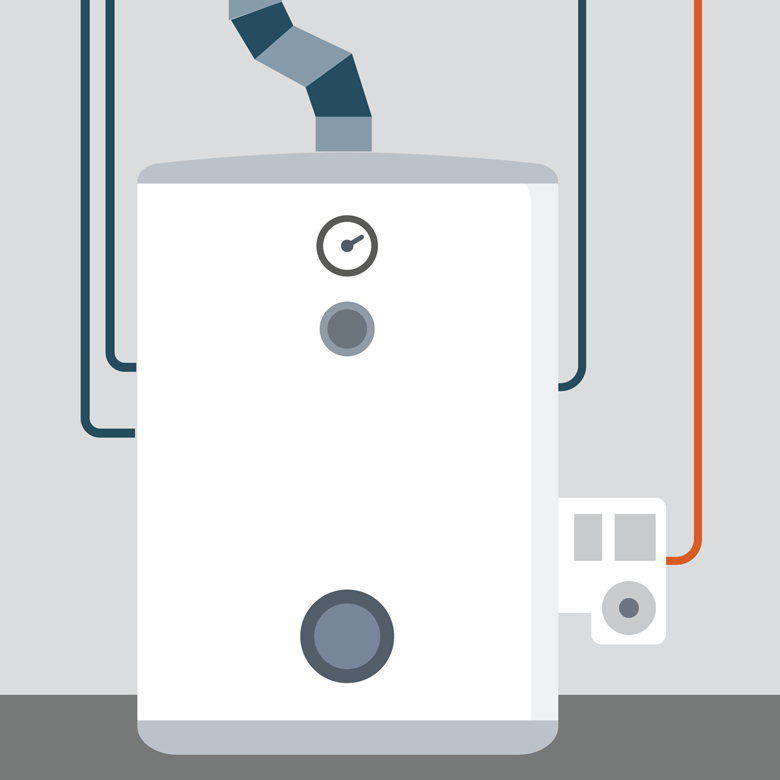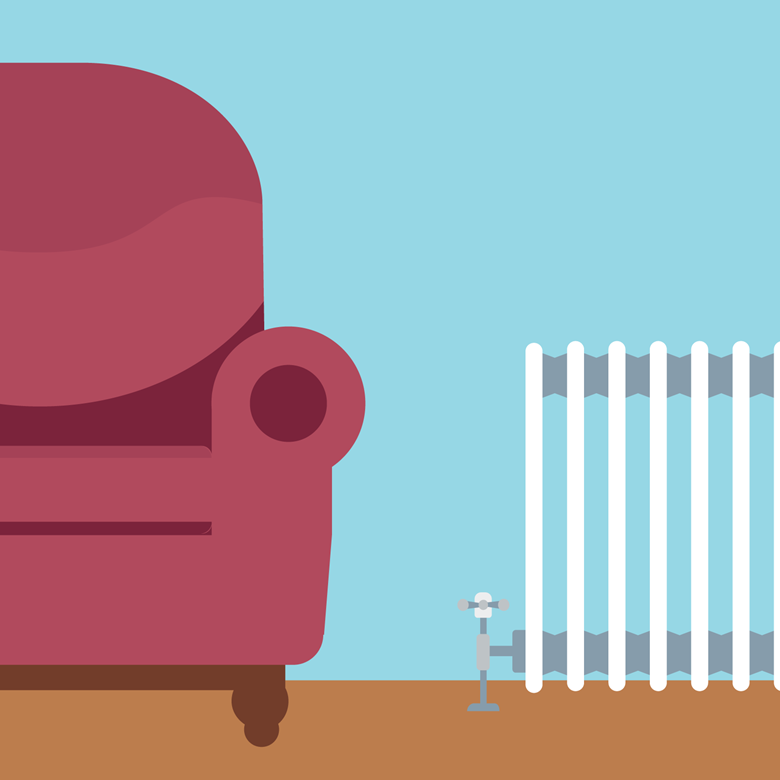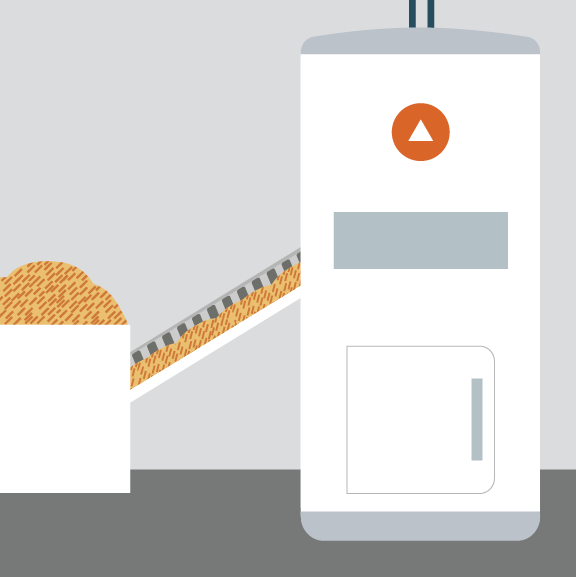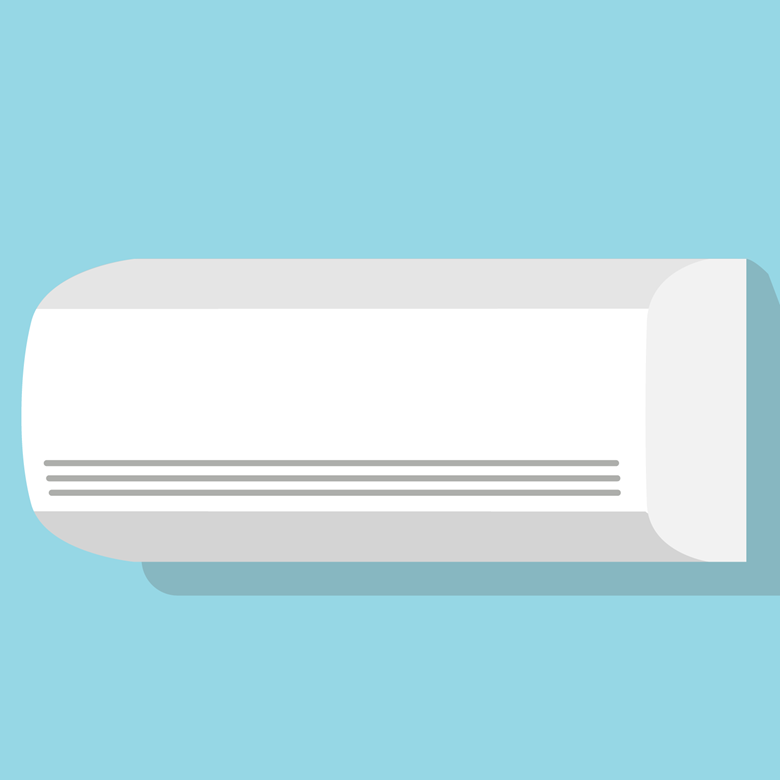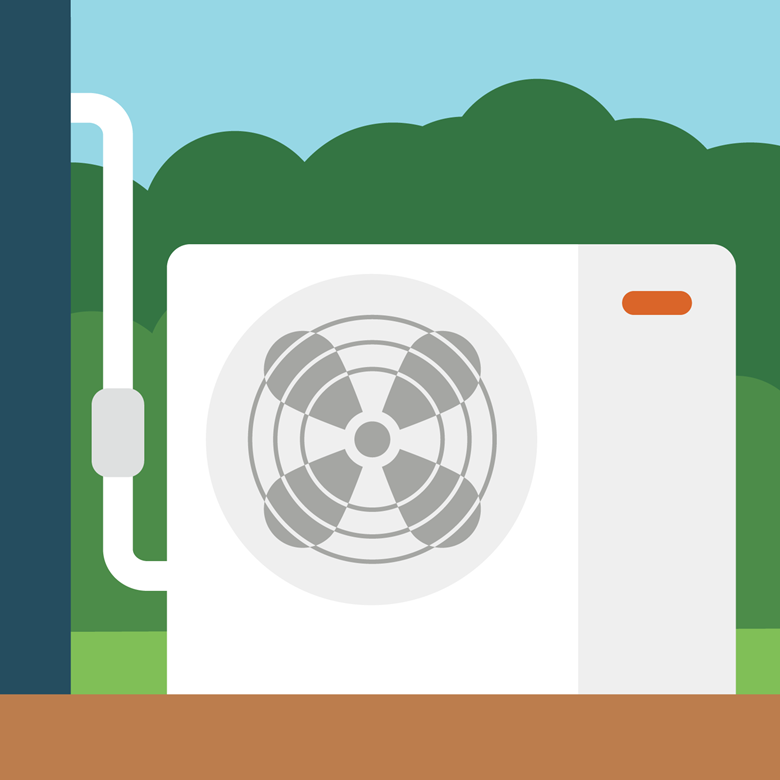A guide to home heating systems
In the market for a new heating system? The good news is, there are a lot of options out there. The bad news? It can be overwhelming to find that is right for your home. With this guide, compare facts on some of the most popular choices for home heating systems.
Quick Links
Air-to-water heat pumps
Air-to-water heat pumps overview
An air-to-water heat pump delivers heat via water piped through the home. When used for space heating, an air-to-water heat pump fills the role usually held by a boiler.
Highlights
- A newer technology that is now available in Vermont and can operate at ambient air temperatures down to -13 degrees
- System design and installation requires trained contractors
- A properly configured air-to-water heat pump can be used to supply a home’s hot water as well as provide cooling
- Integrates well with solar energy systems
- 2019 Emerging Technology Award winner
Available Rebates: 1
Learn more about
air-to-water heat pumps
Find a Contractor
Boilers
Boilers overview
Boilers heat water and send it through pipes - either to baseboards or radiators or through radiant-heat hoses beneath floors. Once heat comes out of the water, the cooler water returns to the boiler and the cycle starts again.
Highlights
- Boilers can be easily piped to put heat wherever it’s needed in a house and can also be used to supply a home’s hot water through an added water tank, eliminating the need for a separate water heater
- Baseboards and radiators can be slower to heat a room than furnace ductwork
- Boilers also use electricity, mainly to power the circulating pump(s)
- If your boiler is old, worn out, inefficient, or oversized consider replacing it with a modern high-efficiency heating system
Available Rebates: 1
Learn more about
boilers
Find a Contractor
Centrally-ducted heat pumps
Centrally-ducted heat pumps overview
Utilizing existing duct work, centrally-ducted heat pump systems integrate with forced air heating distribution systems and backup furnaces.
Highlights
- These systems can also provide cooling
- Home with an efficient furnace and existing ductwork are good candidates for a ducted heat pump system
- Installation is complex and should be performed by a licensed contractor who is familiar with HVAC controls
- Back-up heat is required on sub-zero days
Available Rebates: 1
Learn more about
centrally-ducted heat pumps
Find a Contractor
Fireplaces
Fireplaces overview
Fireplaces burn seasoned cord wood. Some of the heat from the fire is felt in the room. Inserts can increase the efficiency of existing fireplaces.
Highlights
- Fireplaces are enjoyed for their aesthetics, including the scent, look, and sound of burning wood
- Only about 15% of their energy is turned into useful heat; the rest goes up the chimney
- Whether in use or not, chimneys pull warm air out of the house and can pull cold air into the house through leaky windows, insulation gaps, around doors etc. So, owners need to be sure dampers are shut after ashes go cold
- Fireplaces should be inspected regularly to make sure the chimney is clean and the fireplace drafts properly
- Manual feeding and frequent attendance required
Available Rebates: 0
Learn more about
fireplaces
Furnaces
Furnaces overview
Furnaces (often called forced hot-air systems) heat air and blow it through ducts and into rooms through registers/grates in walls or floors.
Highlights
- Furnaces tend to work quickly, heating rooms in a house soon after the thermostat is set. Furnace ductwork can be adapted for use with air conditioning
- Unless properly maintained, blown hot air can spread allergens like dust mites and pet dander
- Furnaces also use electricity, mainly to power the fan motor
- If your furnace is old, worn out, inefficient, or oversized consider replacing it with a modern high-efficiency heating system
Available Rebates: 1
Learn more about
furnaces
Find a Contractor
Heat pump wall units
Heat pump wall units overview
Heat pumps pull heat from outdoor air and move it into a home even in frigid temperatures. These units are also referred to as ductless air-source, mini-split or cold-climate heat pumps.
Highlights
- Heat pumps are very energy efficient and are easy to program and integrate well with solar energy systems
- These units also provide air-conditioning
- Heat pumps filter indoor air all year and dehumidify it in the summer, improving air quality in your home
- Back-up heat is required on sub-zero days
- Read our web guide: Is a heat pump heating and cooling system right for you?
Available Rebates: 1
Learn more about
heat pump wall units
Find a Contractor
Pellet stoves
Pellet stoves overview
Pellet stoves burn compact pellets make of low-moisture wood pulp.
Highlights
- Pellets are widely available throughout Vermont, and their uniform size provides even, predictable heat
- You won’t get the crackling sounds as with a woodstove, and pellets must be purchased rather than harvested for free
- Pellet stoves should be cleaned regularly for optimal performance
- Manual feeding of pellets is required
Available Rebates: 1
Learn more about
pellet stoves
Find a Contractor
Electric space heater
Space heaters
Space heaters overview
Electric space heaters use resistance energy to create heat, which warms the air and objects near the heater.
Highlights
- Purchase and installation is simple: These heaters can be bought at retail stores, brought home, and plugged in. They pump out heat instantly and they’re portable
- Electric space heaters are the most expensive way to heat a space. Any other equipment in this guide will provide the same amount of heat for less
- Consumers need to be aware that any claim of the “100% efficiency” of these heaters is not about using less energy. It’s about the fact that these heaters use 100% of their electricity to provide heat
Available Rebates: 0
Wood stoves
Wood stoves overview
Wood stoves burn seasoned cord wood. Heat rising off the stove surface then warms the air. Some people use ceiling fans and/or small directional fans to control where the warm air moves.
Highlights
- Woodstoves are considered aesthetically-pleasing and can operate independently of the electric grid
- Wood prices are generally lower than other fuels. If you cut your own wood, the savings can be substantial
- Wood stoves should be cleaned regularly for optimal performance
- Attention must be given to where the stove is placed to prevent dangerous back drafting
Available Rebates: 1
Learn more about
wood stoves
Find a Contractor
